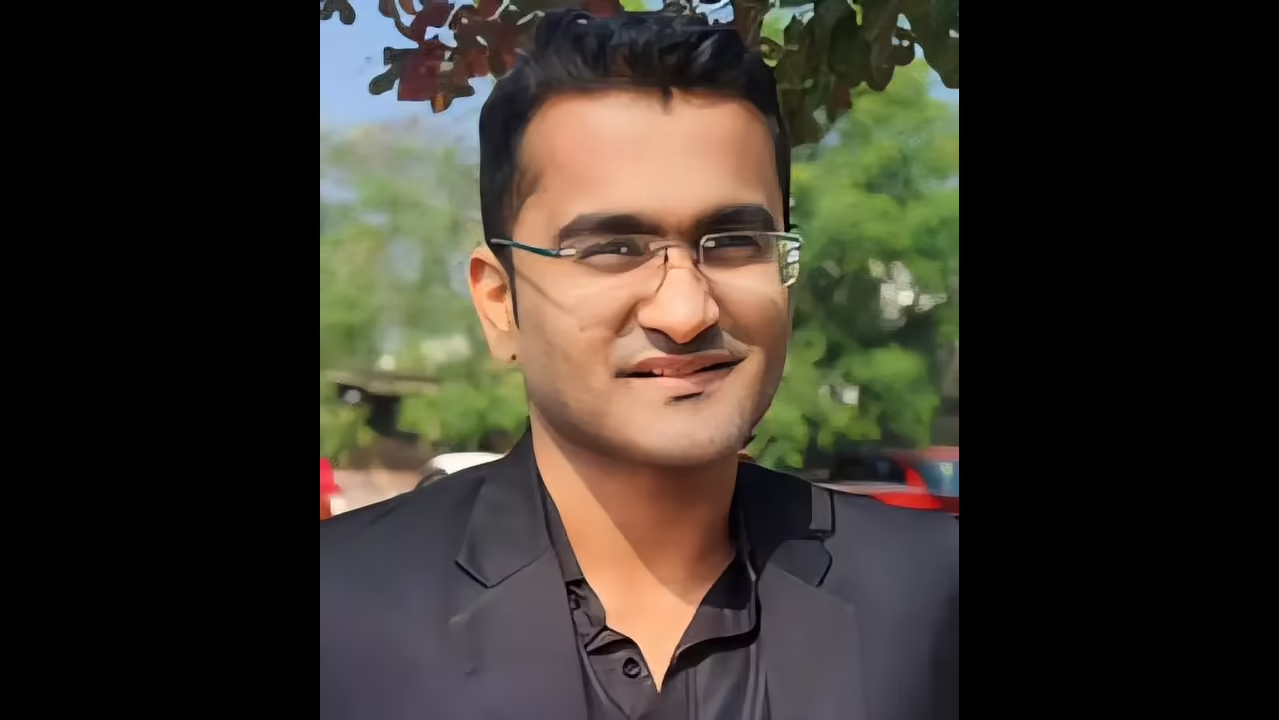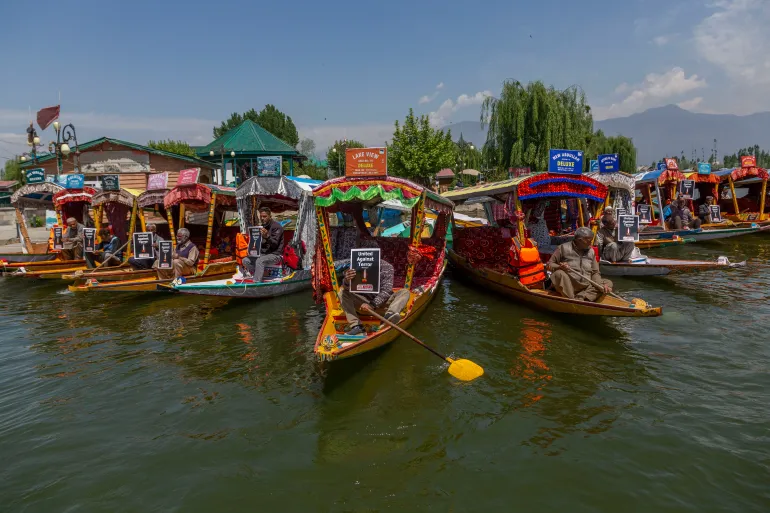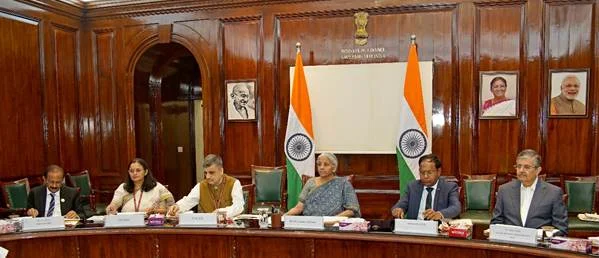The southwest monsoon—which has stalled since May 29—is expected to advance northward by June 14. Meanwhile, a severe heatwave grips northern India: some areas have already seen temperatures soar above 45 °C, straining power, health systems, and vulnerable populations.
Scorching Heatwave Grips Northern India, Sparks Health Alarms
Northern India is reeling under an intense heatwave, with temperatures soaring far above average and severely affecting everyday life. The Indian Meteorological Department reported a blistering 47.3°C (117°F) in Sri Ganganagar, Rajasthan, on Monday — one of the highest readings this season.
This dangerously high temperature comes close to India’s all-time heat record of 51°C (124°F), logged in May 2016 in Phalodi, also in Rajasthan.
The current wave of extreme heat is more than just a seasonal hardship. It highlights growing concerns about India’s preparedness to handle the increasing impacts of climate change, especially on public health systems. Prolonged exposure to such high temperatures can lead to life-threatening heat strokes, particularly affecting vulnerable populations like outdoor laborers, children, the elderly, and economically disadvantaged communities.
In 2023, a sustained heatwave claimed more than 100 lives and resulted in over 40,000 suspected heat stroke cases, according to data from the Ministry of Health. With this year’s temperatures already climbing sharply, authorities are on high alert to prevent a repeat of last summer’s toll.
New Delhi experienced its first heatwave of the season on Monday, with temperatures surging beyond 45°C (113°F) in parts of the city. The intense heat was further compounded by humidity, pushing the real-feel—or heat index—even higher, making conditions even more oppressive.
Scorching Heat Grips Northern India, Public Health at Risk Amid Power Shortages
Northern India continues to reel under an intense heatwave, leaving citizens exhausted and health systems strained. In cities like Lucknow and Delhi, daily life has become a battle against extreme temperatures and limited electricity supply.
“The heat drains us completely. Even drinking water doesn’t help much,” said Kumar, a local resident. “I constantly feel uncomfortable and unwell.”
According to the Indian Meteorological Department, heatwave alerts are in effect for the next several days in parts of Rajasthan, Uttar Pradesh, Haryana, and the Delhi-NCR region. While some areas may see light showers starting Thursday, any respite is likely to be short-lived.
India defines a heatwave as temperatures exceeding 40°C (104°F) in the plains and 30°C (86°F) in hill regions. Typically, these conditions persist from March to June, with May being the hottest. However, this year saw some relief earlier due to unusual westerly disturbances, explained G.P. Sharma, president of private forecaster Skymet Weather.
For many, however, the heat remains unbearable.
“It’s brutally hot here,” said Ryan Rodriguez, a 22-year-old tourist from the U.S., sipping lemonade in Delhi. “I’ve traveled across the Middle East recently, but this heat is on another level — far worse than what I experienced in Virginia.”
In Uttar Pradesh, where temperatures have soared, the pressure on power infrastructure is growing. Households are facing frequent outages, especially in the afternoons when demand peaks.
“There’s no electricity when we need it most,” complained Shabnam Khan, a homemaker from Lucknow. “Without fans or coolers, we just sit on the floor, drenched in sweat.”
The state recently recorded its highest-ever electricity demand at 30,161 megawatts. Officials project this could soon exceed 32,000 megawatts as millions rely on air conditioning and cooling devices to cope with the heat.
Atul Kumar Singh, a senior meteorologist in Lucknow, warned that conditions could worsen before they improve.
“The humidity combined with high temperatures is dangerous,” he said. “This is no longer just uncomfortable weather — it’s becoming a serious public health issue.”






